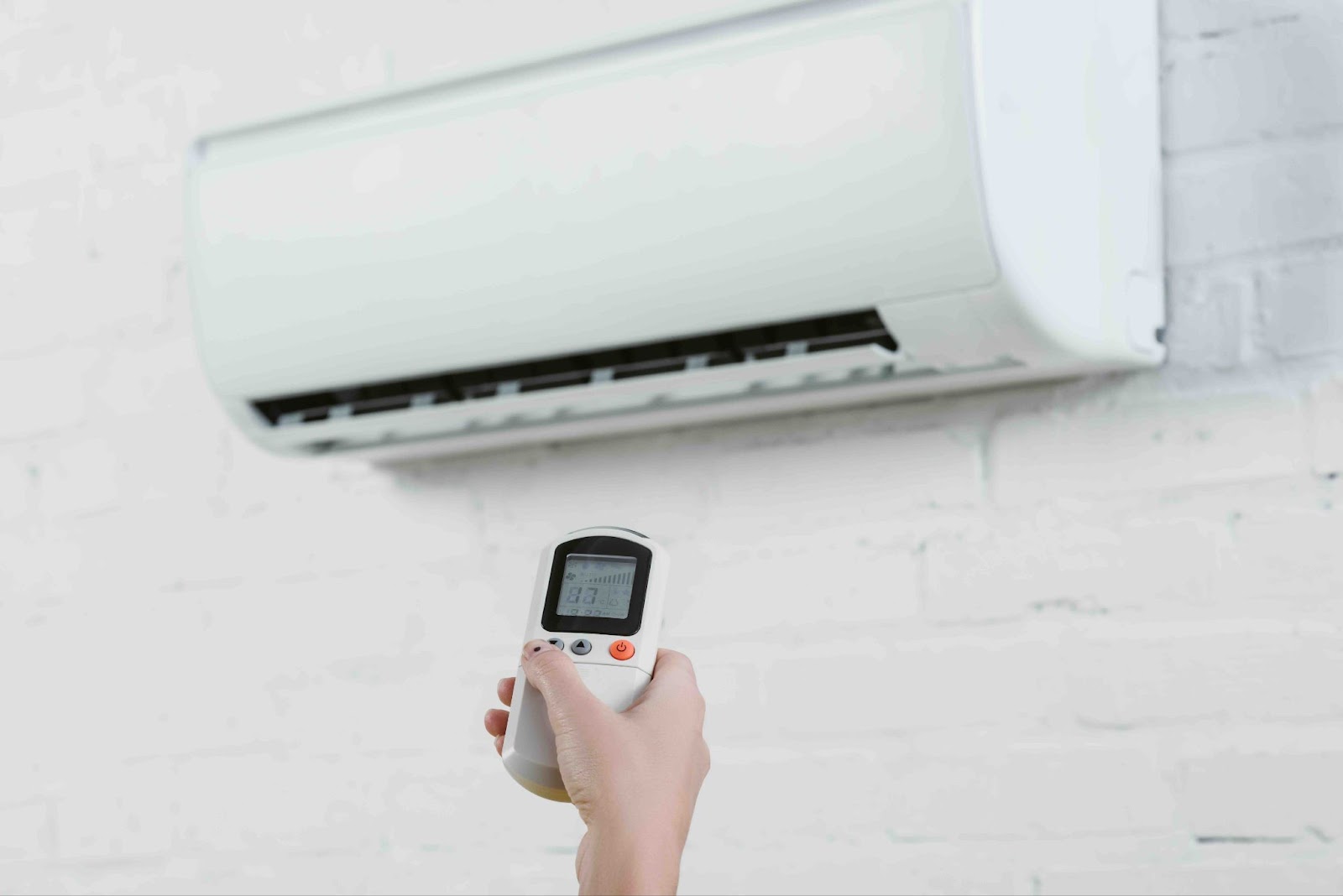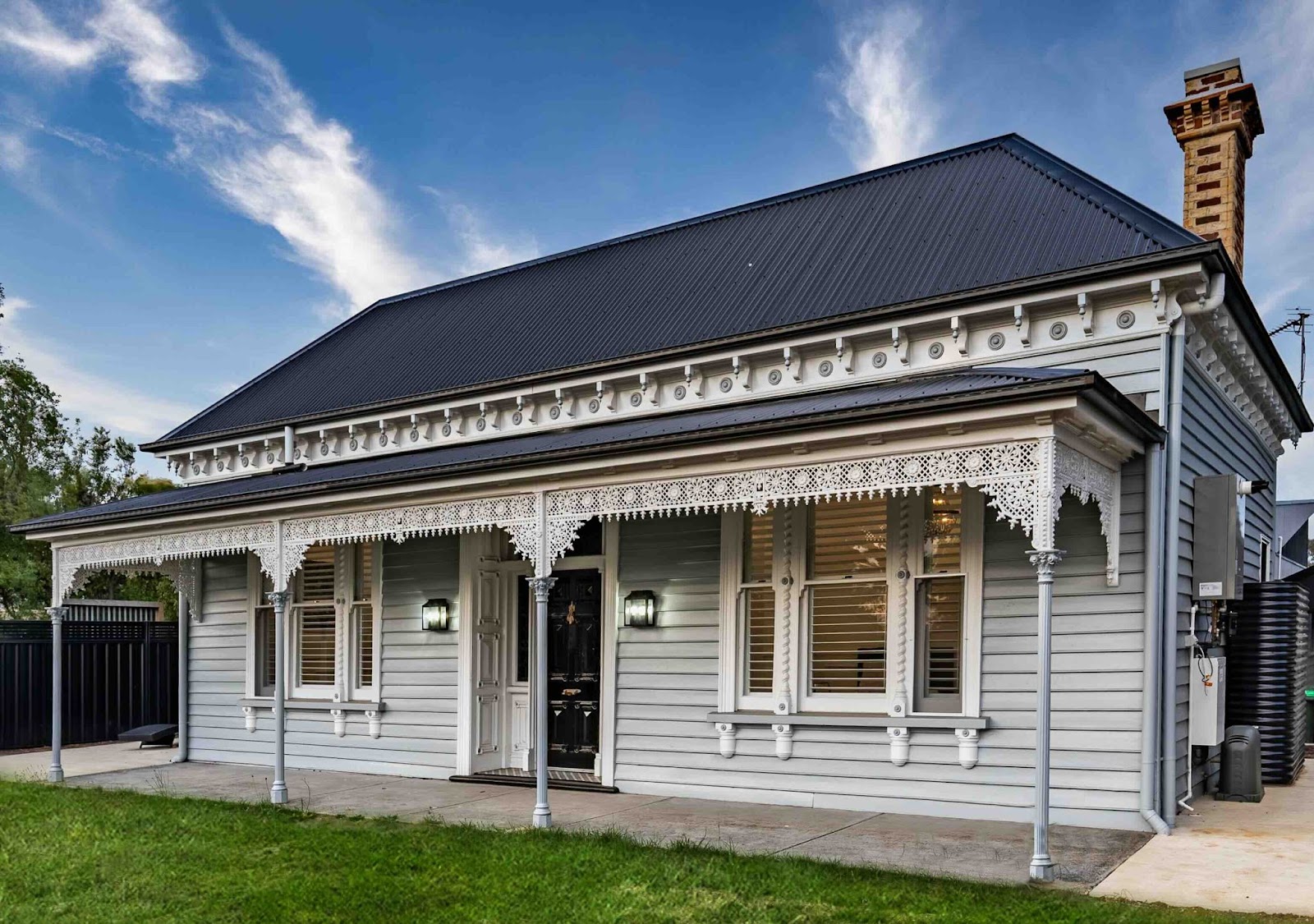Here in Australia, we’re known for our sunny climate and scorching hot summers. But, millions of residents endure chilly homes during the winter.
Although our winters are fairly mild compared to other parts of the world, many of our homes are draughty and unfit for heat retention.
This issue is not just about comfort - in many cases it has significant health, economic, and environmental consequences. So, why exactly are Australian homes so cold?
The answer lies in a combination of historical building practices, inadequate insulation, and a lack of focus on thermal performance.

Historical Building Practices & Design
One of the primary reasons Australian homes are often cold in winter is due to an original design focus on summer heat rather than winter cold.
Many homes built in the 20th century prioritised features like large windows, high ceilings, and lightweight materials to enhance ventilation and cooling.
While this is effective for managing summer temperatures, these design choices left homes poorly equipped to retain warmth during cooler months. The lack of adequate insulation and thermal mass means these homes quickly lose heat, resulting in cold and uncomfortable indoor environments during winter.
Poor Insulation
Australia’s insulation standards have historically lagged behind those of colder regions, contributing to less energy-efficient homes.
Unlike homes in Scandinavia or the United States, where insulation is a priority, many Australian homes were built under outdated construction standards that did not adequately consider the need for thermal efficiency.
This lack of proper insulation results in significant heat loss during winter, leading to higher energy consumption and increased costs.
Upgrading insulation is crucial for improving energy efficiency, reducing heating needs, and enhancing overall comfort in Australian homes.

The Impact of Poor Thermal Performance
The thermal performance of a home reflects its ability to maintain a consistent indoor temperature, irrespective of external weather conditions.
According to The Guardian, 70-80% of Australian homes are inadequately insulated, which also leads to higher energy bills and increased greenhouse gas emissions. Improving a home’s thermal performance through better insulation and energy-efficient designs is essential for both environmental and economic reasons.
Health Risks Associated with Cold Homes
Living in a cold home is more than just uncomfortable—it can be dangerous. Prolonged exposure to low indoor temperatures can have serious health consequences, particularly for vulnerable populations such as the elderly, young children, and those with pre-existing health conditions.
Cold homes have been linked to a range of health issues, including respiratory illnesses, cardiovascular problems, and mental health disorders.
Australia experiences a higher rate of winter-related deaths compared to countries with much colder climates. This is largely attributed to the poor thermal performance of homes, which makes it difficult for residents to keep warm during winter.

Site Selection and Preparation
The location and orientation of a home can significantly affect its thermal performance. Homes that are not properly oriented to take advantage of the sun’s warmth during winter, or those built in areas prone to extreme weather conditions, are more likely to be cold.
Site preparation, including the placement of trees and other windbreaks, can also play a role in how warm or cold a home feels. Unfortunately, in many cases, these factors were not adequately considered in the planning and construction of older Australian homes.
Legal Requirements and Building Codes
Australia’s building codes have historically been lenient when it comes to insulation and thermal performance. It wasn’t until recent years that the Australian Building Codes Board began to introduce more stringent energy efficiency requirements.
However, these regulations only apply to new constructions or major renovations, leaving a large stock of older homes with inadequate insulation.
The lack of retrofitting incentives and the high cost of upgrading insulation and windows mean that many homeowners are stuck with cold, inefficient homes.
Currently, 9 out of 10 existing homes in Australia fail to meet the latest energy efficiency standards, underscoring the need for policy changes and financial support to help Australians improve the energy efficiency of their homes.
The Path Forward: Retrofitting and Innovation
To address the issue of cold homes, there is growing interest in retrofitting existing buildings to improve their thermal performance. Retrofitting can involve adding insulation, upgrading windows, and improving sealing to reduce draughts.
Innovative building techniques, such as the use of high-performance materials and passive solar design, are also gaining traction. These approaches focus on making homes more energy-efficient and comfortable year-round, reducing reliance on heating and cooling systems.
By investing in retrofitting, adopting innovative building techniques, and enforcing stricter building codes, Australia can move towards a future where homes are warm, energy-efficient, and comfortable for all.
Publisher Website: www.homeshelf.com.au